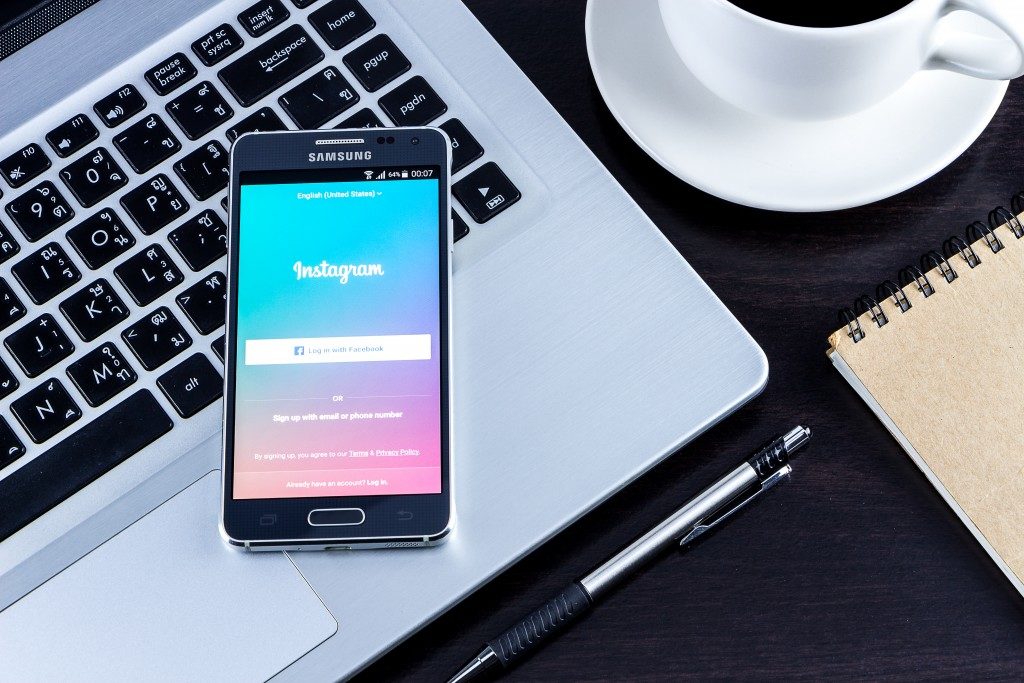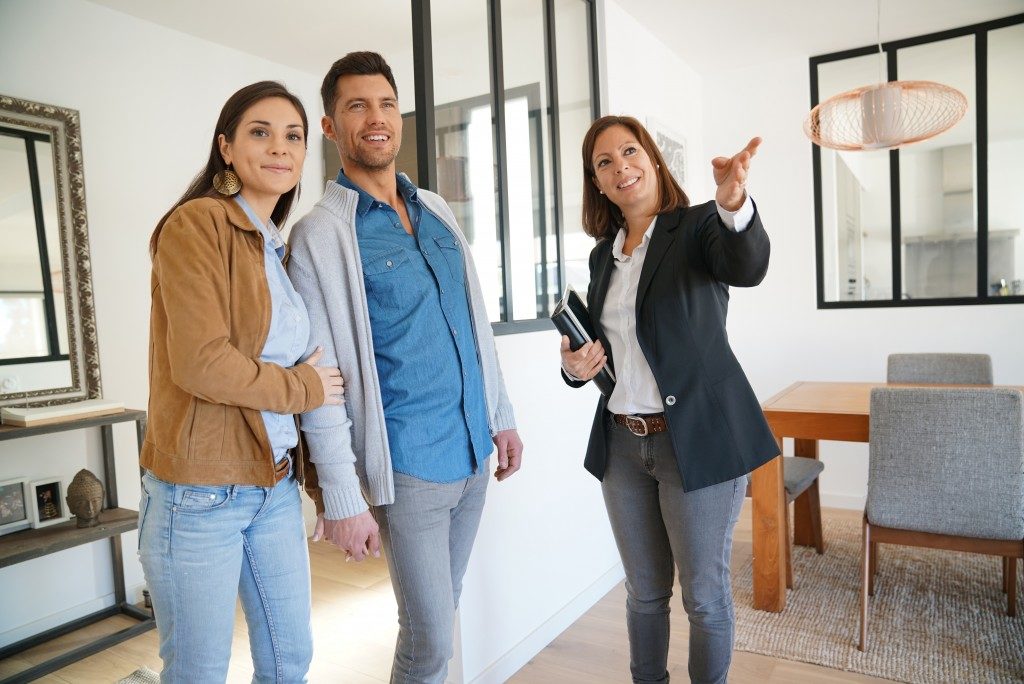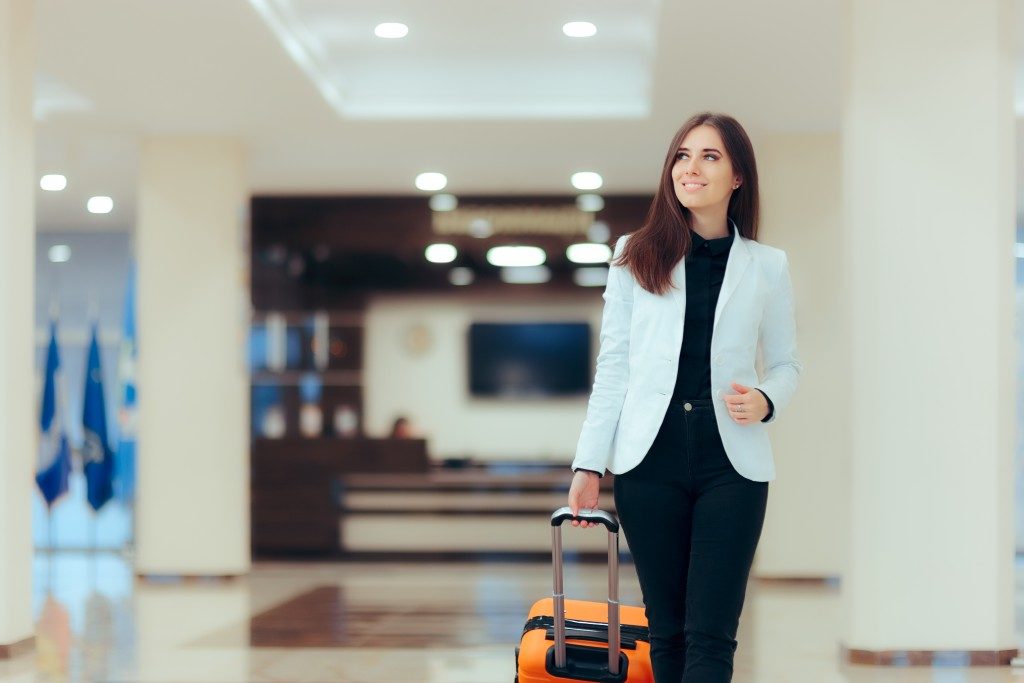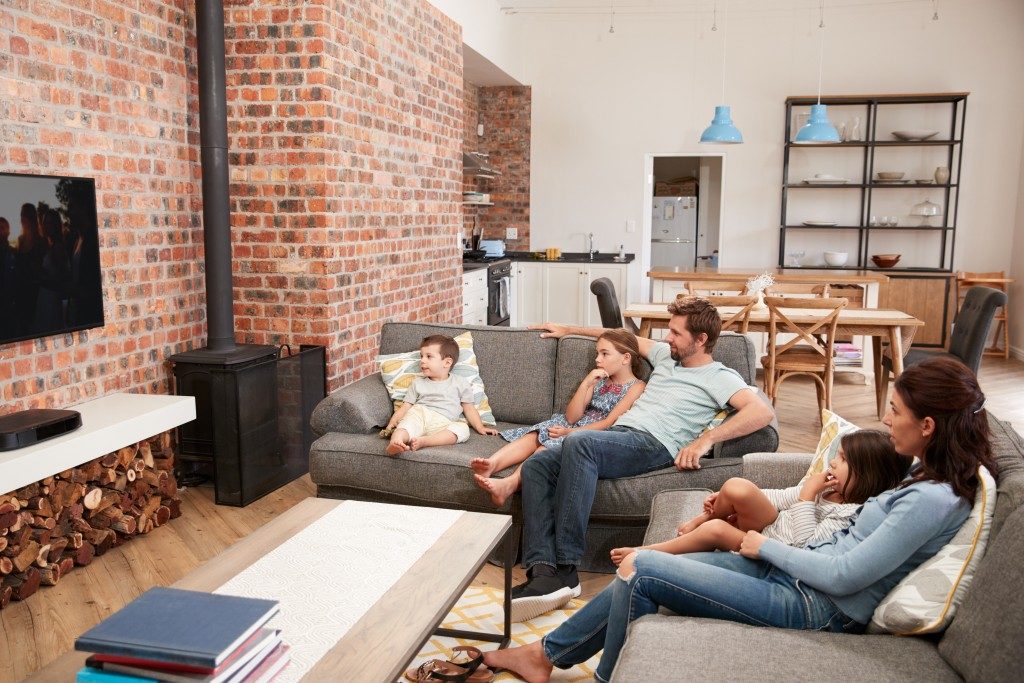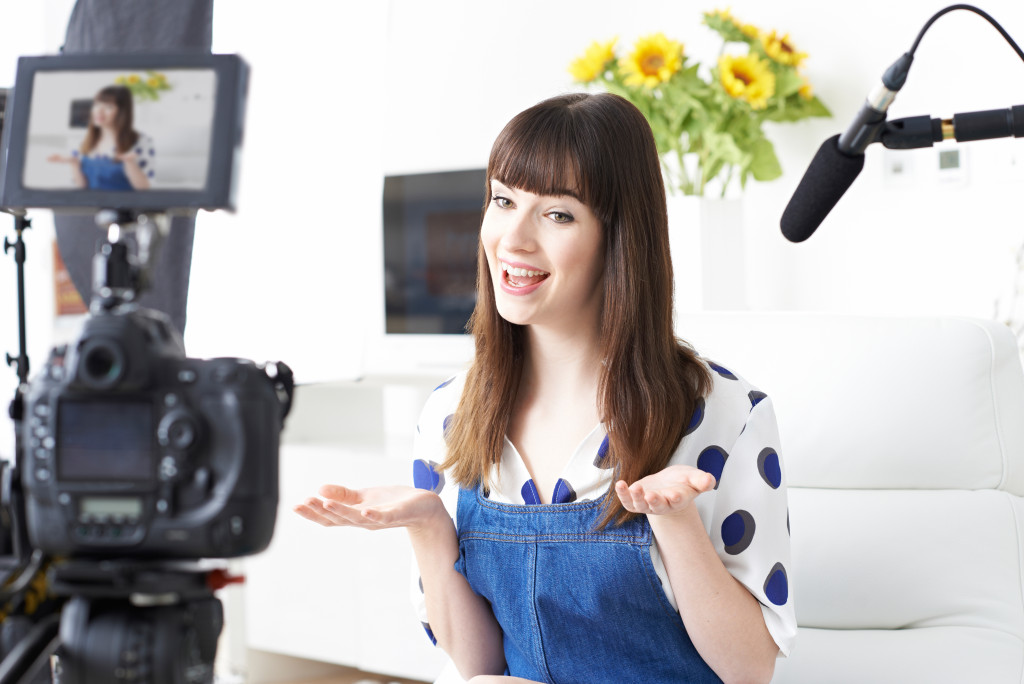Filters have become a staple to posting your photos on social media sites. Instagram has a variety of filters you can use to improve their quality. But the photo-enhancing features don’t just improve your images, they can also draw your audience in.
The Psychology Behind Instagram Filters
Instagram filters range from Clarendon to Rise, each with different hue saturation values that work on different images, depending on the background and angle of lighting. As Instagram gains popularity, the number of users applying filters on their photos increase as well. Colour correction and photo editing, which were only offered by professionals, are now made available for mass consumption.
Instagram filters alter hues, saturation, brightness and shadows to add depth to your photos. As you post your images, you’ll notice that some posts, more than others, gain more likes and comments. It’s not even about content and quality; you realise it has something to do with the kind of filter you used and how it makes your image standout.
How you present your photos acts as stimuli to your audience. The more ‘enticing’ it is, the more likely your followers are going to react to your photo. Like all stimuli, there’s a psychology behind this phenomenon. A study conducted by Yahoo labs and Georgia Tech found that people viewed and commented more on filtered photos than non-filtered ones.
Johann Wolfgang von Goethe, whose “Theory of Colours” in 1810 talks about their psychology, explored the impact of different colours on mood and emotions. According to him, certain colours evoke stronger emotions out of you than others. He also had a concept of positive and negative colours; with warm colours associated with positive colours and cooler tones with negative colours.
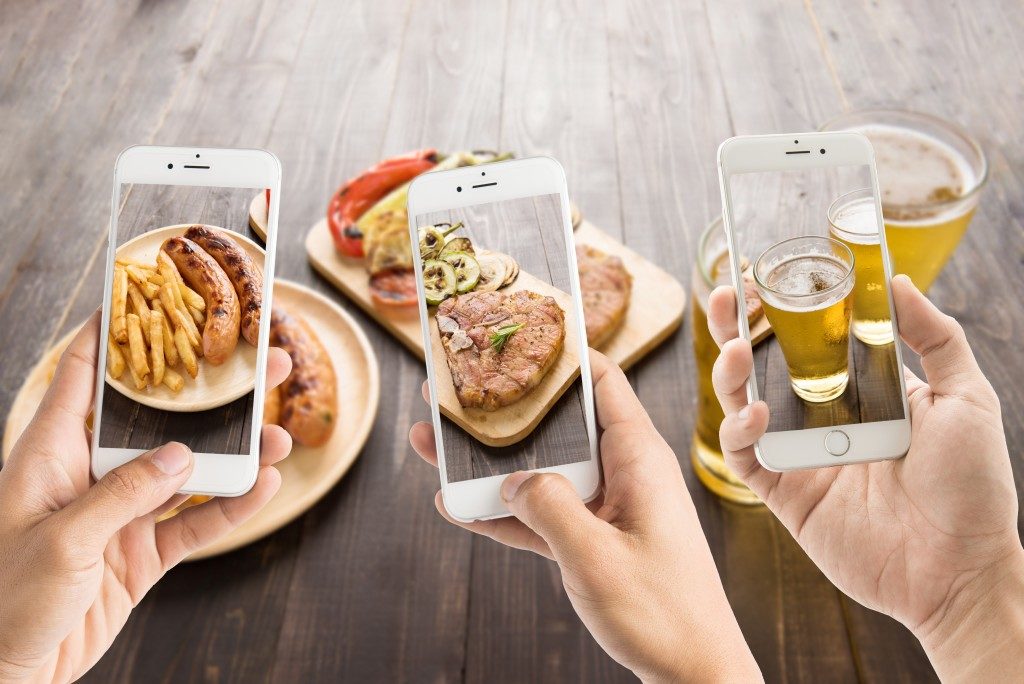
Here are the colours and what they represent, as accounted by Goethe:
- Yellow – communicates brightness, serenityand soft excitement.
- Red-yellow – conveys warmth, gladness and the intense glow of fire.
- Yellow-red – a colour associated with the highest energy that leaves a powerful impression.
- Blue – gives an impression of calmness that draws you in.
- Red-blue – it’s associated with liveliness but without the sense of gladness.
- Blue-red – communicates a certain kind of peculiar attractiveness.
- Red – conveys an impression of gravity and dignity, with grace and attractiveness.
- Green – conveys an impression of complacency and contentment.
Goethe drew from his personal thoughts and observations as he wrote “Theory of Colours”. Though his research remains a theory, and there are different factors that could affect the perception of colours, his study proves useful in coming up with generalisations. A lot of people agree with the findings and relate to it. His theory applies even today, and it is supported by succeeding studies in the field.
A study from East Tennessee State University found that pictures with blue undertones were the most favoured by the general public. It was also the colour that made them feel calm. Photos with purple and pink undertones made them feel happy, while red, orange and yellow hues made them feel excited, energetic, angry and passionate. Neutral tones on the other hand, made them feel indifferent towards the photo.
Instagram filters, like Clarendon and Juno, with their blue-ish tones, seemed to be the filter that stood out to audiences the most. Lark and Gingham are runner up favourites, with their slightly washed out tints that add a retro-vibe to your photos.
By understanding the psychology behind colours and how they affect your audience, you can draw better responses from them. Choose colours that make your images standout, and share that smile-worthy selfie with the rest of the world.

